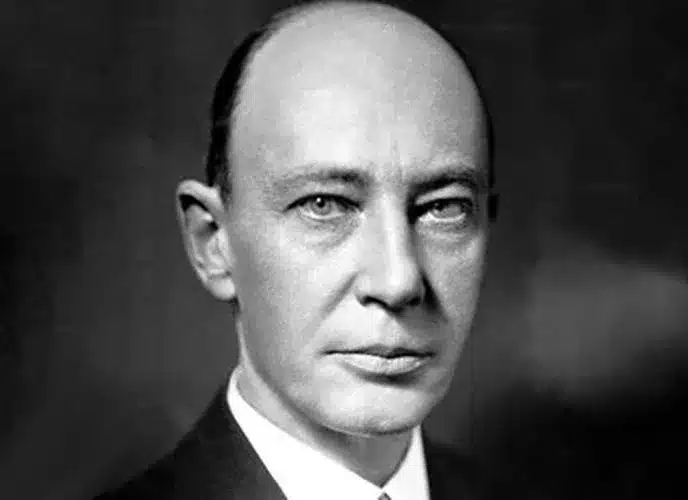George Minot: Pioneering Breakthroughs in Anemia Treatment

George Minot (2 December 1885 – 25 February 1950) was an American physician and medical researcher who made significant contributions to the field of hematology. He was awarded the Nobel Prize in Physiology or Medicine in 1934
Life and Career
He was born on 2 December 1885, in Boston, Massachusetts, U.S. He earned his B. A. degree from Harvard in 1908 with an AB Cum Laude distinction. Later, he got an MD from Harvard University in 1912, one of the top schools for doctors. He worked in William Howell’s lab at the John Hopkins School of Medicine in the mid-1910s. There, he studied proteins like antithrombin, which thin the blood. He was still mostly interested in anemia, though.
He moved to Boston in 1917 and worked at Collis P. Huntington Memorial Hospital researching blood clotting, other blood disorders, and anemia. He published several papers on the subject over the years. In his papers, he talked about cancers, arthritis, and dietary deficiencies that cause blood-related problems. In the 1920s, Minot and his colleagues William Murphy and George Whipple developed a treatment for pernicious anemia that involved regular injections of liver extract, which was rich in vitamin B12. This treatment proved highly effective and helped to save the lives of many people who would otherwise have succumbed to the disease. He continued to work in the field of hematology throughout his career, and also served as the director of the Thorndike Memorial Laboratory at Boston City Hospital.
In addition to his work on anemia, Minot made other important contributions to medicine, including research on the treatment of tuberculosis and the development of new diagnostic techniques. He was widely respected for his dedication to science and his commitment to improving the lives of patients through his research. George got involved with a lot of medical organizations in the US and abroad. He was also an editor for lots of medical publications. Besides that, he wrote a book called Anemia in Practice in 1939. He died on 25 February 1950, in Brookline, Massachusetts, U.S.
Award and Legacy
He was awarded the Nobel Prize in Physiology or Medicine in 1934, along with Murphy and Whipple, for their work on the treatment of anemia.
Observer Voice is the one stop site for National, International news, Sports, Editor’s Choice, Art/culture contents, Quotes and much more. We also cover historical contents. Historical contents includes World History, Indian History, and what happened today. The website also covers Entertainment across the India and World.
Follow Us on Twitter, Instagram, Facebook, & LinkedIn

